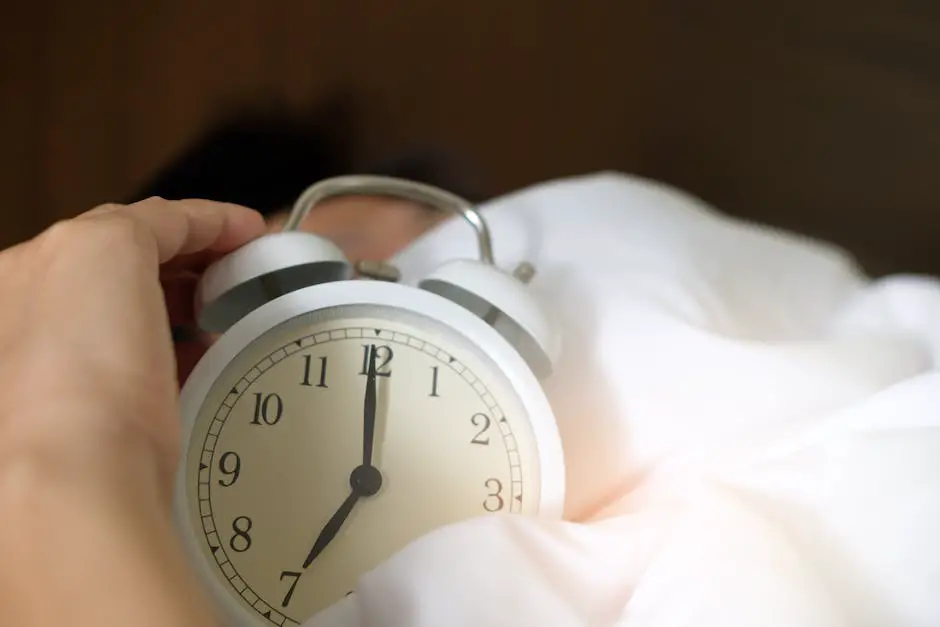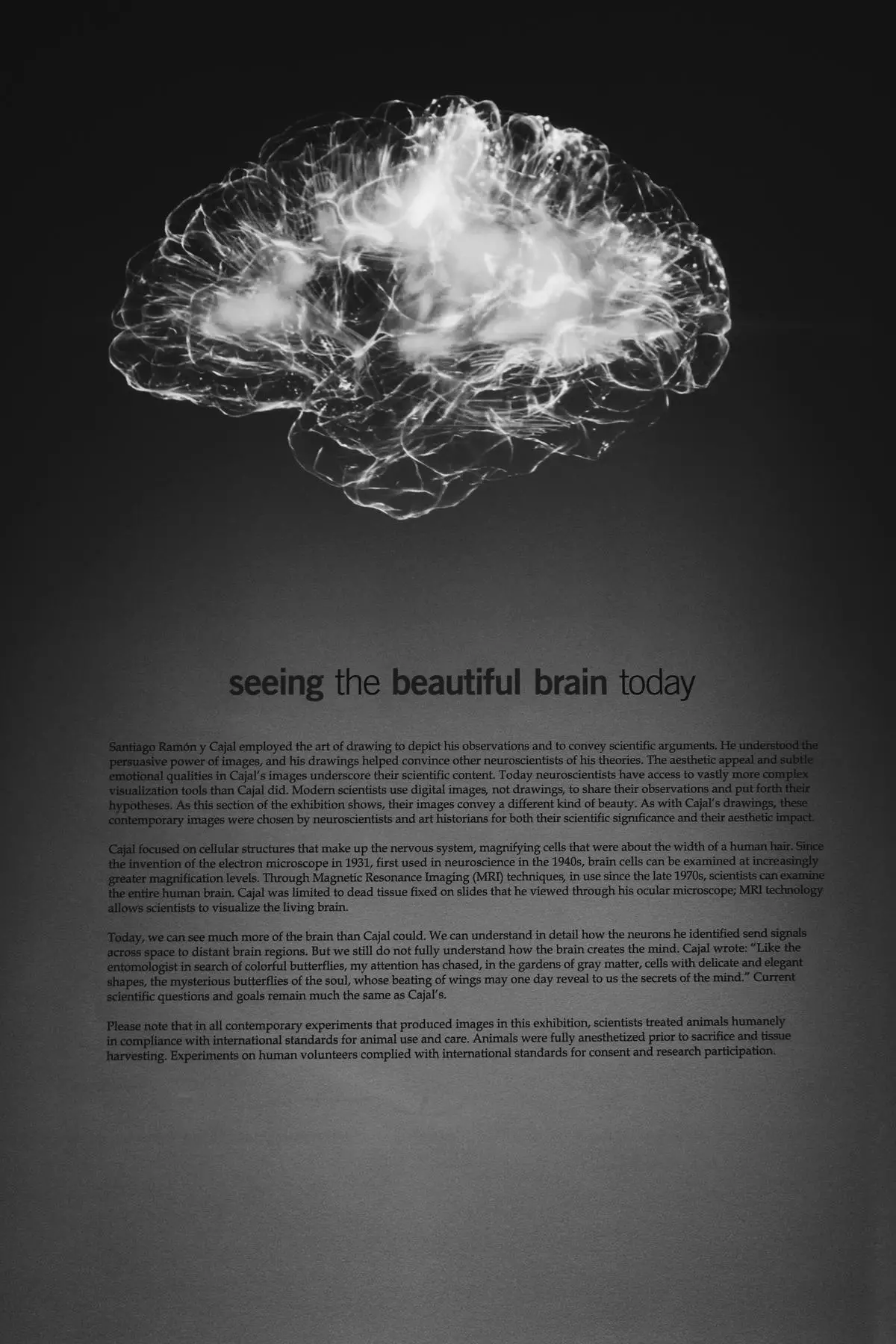The intricate intersection of sleep patterns and dream experiences has been an intriguing field of study for scientists, psychologists, and curious minds alike. As we delve into the nature and implications of irregular sleep, we realize that its impacts go beyond feelings of fatigue and brain fog. It feeds into the mysterious realm of our dreams, often negatively. This exposition posits to illuminate this complex relationship, beginning with a thorough understanding of irregular sleep. A comprehensive exploration of the science behind dreams forms the groundwork for the final discussion about how disrupted sleep may intensify the occurrence of bad dreams.
Understanding irregular sleep
Exploring Irregular Sleep: Definitions, Health Impacts, and Effects on Cognitive Function
Irregular sleep, a topic of increasing attention in the scientific community, can be defined as a persistent pattern of irregularity in sleep-wake times that encompasses issues related to the timing, duration, or quality of sleep. These variances often lead to a broken sleep schedule, with frequent night awakenings, prolonged periods of wakefulness, or a sense of non-refreshing sleep. It is unlike insomnia, which is a specific clinical disorder marked by difficulty initiating or maintaining sleep, or early morning awakening. Irregular sleep, however, is not bound by these time constraints, and thus, presents with its own set of diagnostic challenges.
In understanding the implications of irregular sleep, it is paramount to first comprehend the significance of circadian rhythms. The circadian rhythm, an endogenous, roughly, 24-hour cycle in the physiological processes of living beings, firmly regulates sleep and wakefulness. Disruptions or irregularities in this cycle can be detrimental to both physical and mental health.
Numerous studies indicate a correlation between irregular sleep patterns and numerous adverse health outcomes. These range from metabolic disorders such as obesity and diabetes to cardiovascular diseases and even increased mortality. This correlation is typically attributed to a dysregulation of biological systems and processes tightly controlled by the sleep-wake cycle—nutrition metabolism and systemic inflammation, to name a few.
Further, irregular sleep significantly affects cognitive function. Chronic irregular sleep patterns have been linked to declines in cognitive performance, specifically in domains such as memory, attention, and processing speed. This can be attributed to the role that sleep plays in consolidating memory and removing neural waste products. When sleep patterns are disrupted, these processes are compromised, leading to the observed cognitive deficits. Notably, these impacts are of significant concern in shift workers, a population particularly prone to irregular sleep due to their non-standard work schedules.
Impacts on mental health are also noteworthy, as research suggests a bidirectional relationship between sleep problems and psychiatric disorders. Irregular sleep patterns are commonly observed in individuals with mental health disorders and conversely, persistent disturbed sleep can contribute to the onset or exacerbation of these conditions.
Indeed, the conversation around irregular sleep is a complex and multifaceted one, echoing the intricacies of the biological systems and processes it impacts. It underscores the unequivocal need for further research in this area, particularly focusing on interventions and strategies to mitigate its adverse effects. As our understanding of these irregularities and the physiological underpinnings mature, a more balanced perspective on the importance of a regular sleep schedule for general health and cognitive function can be obtained.

Exploring the science of dreams
Unveiling the Enigma: The Intricate Relationship of Dreams and Sleep Patterns
The intricacies of dreams and their symbiotic relationship with sleep patterns remain one of the captivating enigmas of neuroscience. As we delve into this clandestine realm, it is crucial to acknowledge the multifaceted and highly complex interdependencies between these two phenomena.
Historically, dreaming was considered a passive byproduct of sleep, with minimal bearing on our wakeful lives. However, this antiquated belief has been methodically debunked by modern research. One groundbreaking revelation involves the link between dreams and our Rapid Eye Movement (REM) sleep phase. Characterized by intense cerebral activity, REM sleep was found to be the profoundly fertile ground for not only most of our dreams but also their vivid and often bizarre qualities.
The relationship between sleep patterns and dreams is far from one-sided. Paradigms from sleep science reveal that nightmares, a distinctive category of dreams, can instigate periods of sleep fragmentation. Such turbulences in sleep architecture often manifest in frequent awakenings and compromised sleep quality. Moreover, dream content, particularly emotionally-charged dreams, may influence the subjective perception of sleep quality and the propensity to develop sleep disorders such as insomnia.
Furthermore, the intriguing concept of dream ‘rebound’ warrants mention in this discussion. This hypothesis suggests that when individuals are deprived of REM sleep, an increased pressure to enter this stage builds up, culminating in intensified dreaming once REM sleep is finally attained. Not only does this underscore the indispensable role of REM sleep in dreaming, but it also highlights the elaborate level of the brain’s regulatory dynamics over sleep stages and dream occurrences.
Exploring the interplay between dreams and sleep patterns would be incomplete without addressing the link between narcolepsy, a rare yet severe hypersomnia disorder, and dream phenomena. Patients suffering from narcolepsy exhibit a dysregulated sleep-wake cycle, accompanied by an abrupt intrusion of REM sleep into wakefulness, often resulting in vivid dream-like hallucinations.
In conclusion, the enigma that is the bond between our sleep patterns and dreams requires unceasing exploration and unstinting investigation. A comprehensive understanding of this intricate relationship offers promising avenues for refining our knowledge about cognitive and emotional processing and developing innovative therapies for a plethora of sleep disorders. The prospect of these breakthroughs is an invitation to the academic and scientific community to keep delving into this complex but fascinating domain.

Photo by alinnnaaaa on Unsplash
The connection between irregular sleep and bad dreams
Advancing to the crucible of our enquiry: is there a connection between irregular sleep and the genesis of emotionally charged, unpleasant dreams?
To apprehend this link, we must first delve into the science of dreams, particularly the phase of sleep chiefly associated with dreaming, known as Rapid Eye Movement (REM) sleep.
Meticulous scientific observation has revealed that dream inception primarily transpires during REM sleep, an integral phase of our slumber cycle that recurs approximately every 90 minutes. During REM sleep, our brain activity escalates, often mirroring the level of activity during wakefulness. This heightened cerebral activation seemingly sets the stage for vivacious dreaming.
Passing observation may view nightmares as mere nocturnal disturbances, but in truth, they are more than unsettling dream narratives. Nightmares can dendrologically splinter sleep, causing sleep fragmentation – stints of wakefulness interspersed in the sleep cycle. Repeated nightly disturbances can lead to an irregular sleep pattern, establishing a pathological relationship between nightmares and sleep abnormalities.
An interesting facet of this relationship is the influence of dream content on the individual’s perception of sleep quality. A night punctuated with recurrent disturbing dreams may result in the person perceiving the sleep as unrefreshful or insufficient, even if the quantitative sleep duration meets the normative standards. Over time, this misperception may pave the way for the development of psychophysiological insomnia, a state-of-the-affairs where the apprehension about perceived poor sleep reinforces irregular sleep patterns, creating a pernicious feedback loop.
Probing deeper into the dream domain introduces an intriguing concept of ‘dream rebound’, a phenomenon where the brain compensates for REM sleep deprivation by producing more intense and longer REM periods in subsequent sleep sessions. It is conceivable that such periods may harbor more emotionally charged dream content, heightening the emotional overlays of the dream landscape.
The convoluted enigma of narcolepsy, a chronic neurological disorder hallmarked by overpowering daytime sleepiness and disordered REM sleep, also holds clues to our investigation. On the manifestation level, narcolepsy can involve dream phenomena such as hypnagogic hallucinations and vivid, often distressing dreams. Is it entirely coincidental or does it signify a more profound, intricate connection between irregular sleep and dream distress?
In sum, the entwined threads of dreams and irregular sleep form a convoluted tapestry which awaits more extensive exploration and research. Understanding the nuances of this relationship does not solely satiate academic curiosity – it carries real-world implications. It might enhance our understanding of cognitive and emotional processing and may carve pathways for innovative, efficacious therapies for sleep disorders. The mind’s nocturnal theater, seemingly inconsequential, may hold the keys to overcoming sleep-related afflictions and promoting better individual and societal health.

After an enlightening exploration of the nature of irregular sleep, the architecture of dreams, and their intricate connection, we can see that the harmony of our night-time repose plays a pivotal role in our dream experiences. Irregular sleep, potentially catalyzing stress responses of the brain, may indeed contribute to a higher frequency of unpleasant dreams or nightmares. It is a testament to the fact that adequate, consistent sleep isn’t just about energy restoration; it is fundamental for mental well-being, with its echoes reverberating even into the abstract world of our dreams. As we further unravel the mysteries of the mind, our sleep patterns, and indeed our dreams, the need for sleep health becomes increasingly clear.
